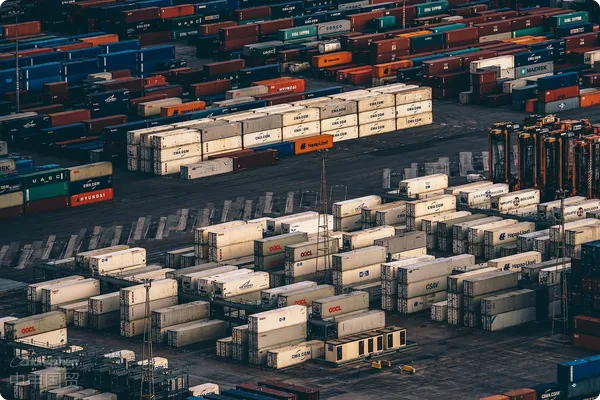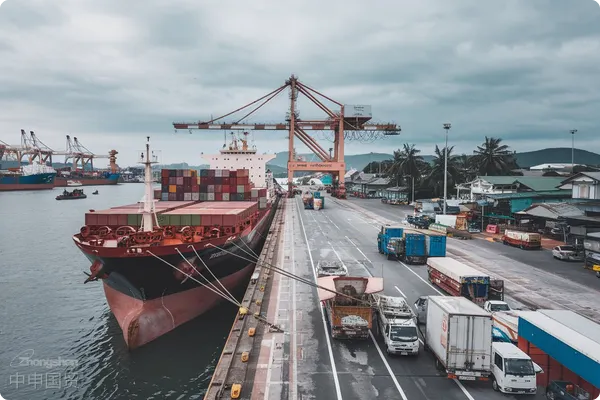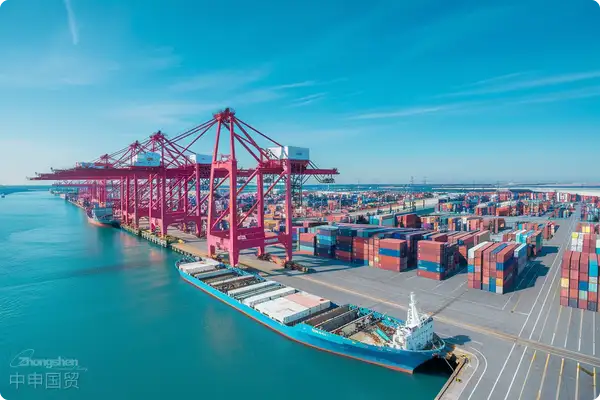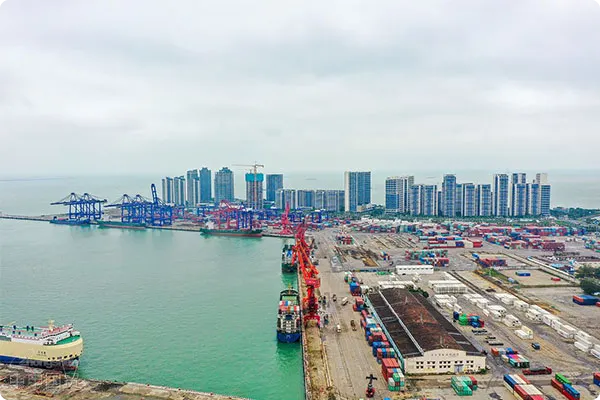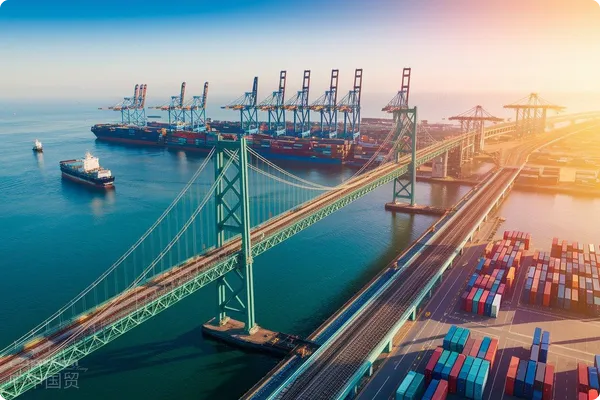- Shanghai Zhongshen International Trade Co., Ltd. - Two decades of trade agency expertise.
- Service Hotline: 139 1787 2118
In recent years, the economic and trade exchanges between China and the RCEP Free Trade Agreement partner countries have been increasingly strengthened. However, for many enterprises, conducting economic and trade exchanges with the RCEP Free Trade Agreement partner countries does not mean that they can automatically enjoy the preferential policies of the RCEP Free Trade Agreement. So, which goods can enjoy the preferential policies of RCEP? Lets take an in - depth look.import and exportPreferential conditions of the RCEP Free Trade Agreement
RCEP tax rates: not necessarily the most favorable
(1) Goods in the tariff reduction list: The goods must be in the tariff reduction list of the RCEP importing party.
(2) Rules of origin: Only goods that meet the RCEP rules of origin can enjoy the preferences. This means that the goods are either completely originated from RCEP member states, or are produced entirely using the originating materials of RCEP member states, or are produced using materials from non - RCEP member states, but have undergone a substantial change in the production and processing process. In addition to the above - mentioned provisions, the direct consignment rule must also be met, that is, the goods have not been processed or replaced during transportation and are indeed the export goods of RCEP member states. Of course, there are other supplementary provisions that need to be noted.(3) Procedural requirements for enjoying preferences: When applying for preferential tariff treatment, the importer must declare on the customs declaration form that the goods have the origin qualification. In addition, they also need to hold a valid certificate, submit the original or a certified true copy of the certificate of origin as required, and be able to provide relevant documents to prove that the goods meet the requirements of direct transportation.
Although RCEP provides a series of preferential policies, its tax rates are not always the most favorable. Like other free trade agreements, RCEP adopts four different tariff reduction modes, namely:(a) Reduced to zero immediately upon the entry into force of the agreement.
(b) Reduced to zero within the transition period.(c) Partial tariff reduction.It is recommended to verify through the following methods:(d) Exceptional products.
To enjoy the preferential policies of RCEP, the goods of an enterprise must meet the following conditions:
Each mode has its specific scope of application and conditions. In addition, for the same product, different free trade agreements may adopt different tariff reduction modes. Therefore, when conducting business, import and export enterprises are advised to take the initiative to understand the tax rate situation of products under different free trade agreements and carry out appropriate tariff planning.
RCEP Free Trade Agreement: How import and export enterprises can enjoy preferential policies_Shanghai Zhongshen International Trade Import and Export Agency Service
What should be noted in foreign trade import and export? The entire process is roughly summarized into 10 steps.
October 26, 2024 13:00
Freight management supervision: It is called freight management. The customs, in accordance with the Customs Law and other national laws, regulations and policies, represents the port country to supervise the legal entry and exit of goods and means of transport, which is an important administrative power and work of the customs.
Basic systems of freight supervision: The declaration of inbound and outbound means of transport and transported goods, inspection, tax collection and release are a unified whole.
Related Recommendations
Knowledge Base
Contact Us
Email: service@sh-zhongshen.com
Related Recommendations
Contact via WeChat

? 2025. All Rights Reserved. 滬ICP備2023007705號-2  PSB Record: Shanghai No.31011502009912
PSB Record: Shanghai No.31011502009912
